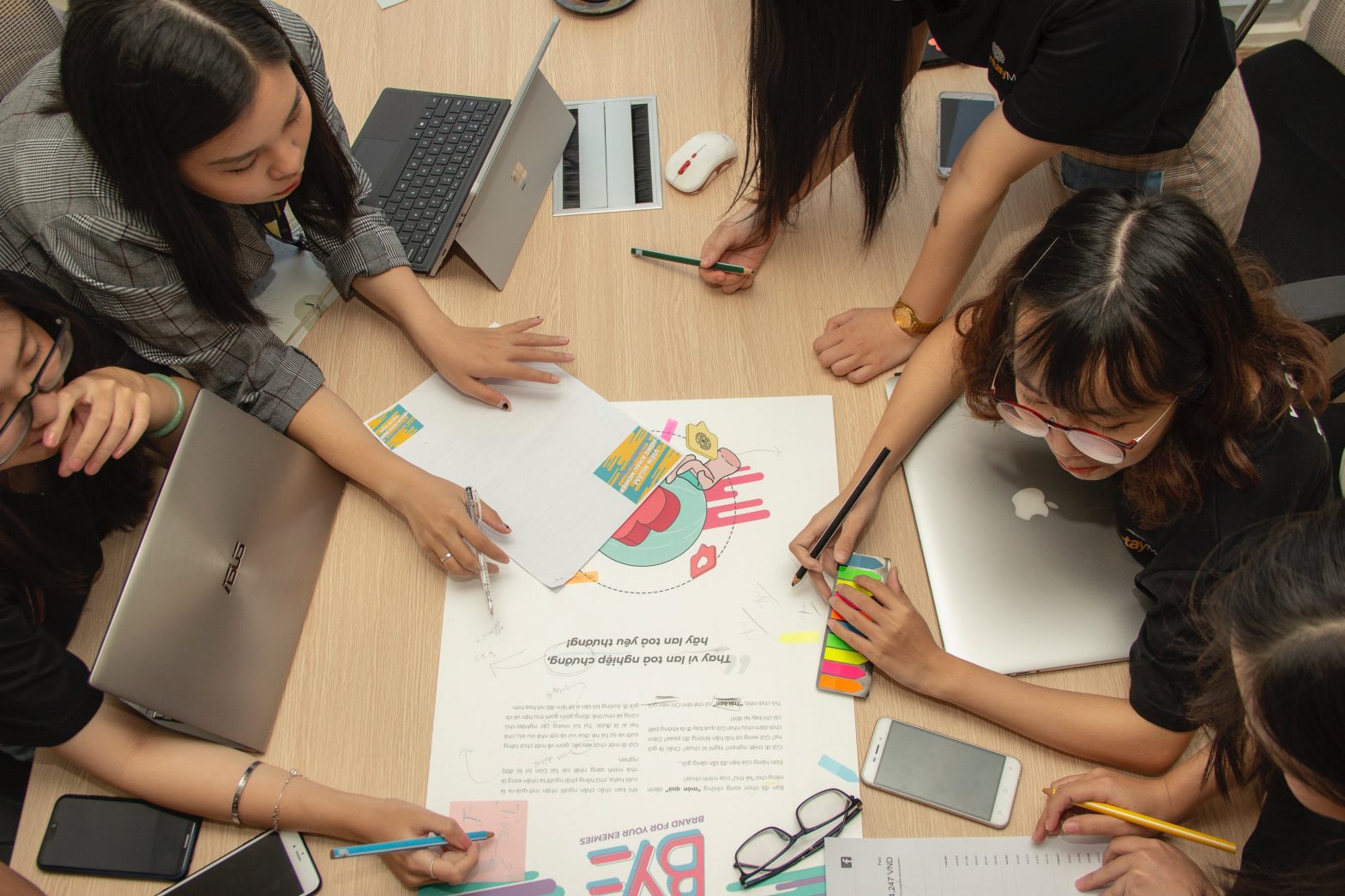
Crafting Engaging Content in the Age of AI
2,306
The past few years have seen a rapid increase in AI tools that can generate content like text, images, videos, and more. OpenAI’s GPT-3 showed the immense potential for AI to produce human-like writing in 2020. Since then, other companies have developed similar large language models and made them commercially available through APIs. Tools like Jasper, Copy.ai, and shortly.ai allow anyone to generate marketing copy, articles, social media posts, and other content with just a few clicks. As AI capabilities grow, essay writers may need to focus more on developing creative ideas and narratives rather than simply presenting information. They can utilize AI tools to help craft more engaging content, but should ensure the core message and style still comes from a human perspective.
While this technology is still early, it’s improving incredibly. The quality of AI-generated text is approaching what a human can produce. But does this spell the end of human creatives? Will machines fully take over content creation? Not so fast. While AI tools provide a new way to draft content quickly, human skills are still required to craft engaging content.
The Role of Strategy in Content Creation
Before writing any content, human strategists must still lay the groundwork. This includes understanding the target audience, defining goals and success metrics for the content, and mapping out themes and messaging. Creative strategy is crucial for any campaign to resonate. Using AI tools to churn content without strategy will likely result in disjointed, ineffective material.
The strategic thinking and planning process remains firmly in human hands for now. AI does not understand your overarching business goals or what motivates your customers. But AI tools can take your strategy as input and rapidly generate mountains of content tailored to it.
Combining AI Speed With Human Judgment
After the strategy is set, AI content generation tools quickly assemble words and media. A human can provide a short text prompt, and the AI will produce long-form articles, social posts, product descriptions, and more in seconds. But speed alone does not guarantee quality.
This is where human judgment and creativity come in. Humans must curate AI-generated content, picking the best output based on the strategy. Tweaks and polishing will be required to craft content that flows logically, stays on the message, and resonates emotionally with the intended audience.
An AI might pump out a hundred headlines for an ad campaign, but only a human has the critical thinking skills to select the most compelling one. The AI also lacks human sensibilities about tone, humor, cultural references, and more subtle forms of communication. Its output will fall flat without thoughtful human refinement.
Combining human creativity with AI efficiency leads to the best results. The human provides the overall vision, while the AI handles the tedious busywork. This allows creatives to focus their energy on higher reasoning tasks like ideation, art direction, and developing innovative formats.
The Value of a Human Touch
Even perfectly executed strategy and flawlessly generated content will not stand out without the human touch. Audiences crave an emotional connection from branded content and communications. Data show that campaigns with a strong emotional appeal perform better across metrics.
AI has no emotions. But humans can weave passion, humor, drama, and meaning into their communications. Drawing on personal experiences allows human creators to develop content that resonates at a deeper level. This emotional connection engages an audience, helps a message stick, and inspires real change.
There is no substitute for the life experiences, cultural awareness, and emotional intelligence humans bring to their work. These softer skills will continue providing value as AI handles more of the mechanical chores of content production.
Preparing for an AI-Assisted Future
As the adoption of AI content tools accelerates, human creatives will need to adapt. Learning to strategically utilize AI as part of one’s creative workflow will become mandatory. Creatives who can pair their human strengths with AI efficiency will thrive. Those who fail to evolve their skills risk obsolescence.
Thankfully, most creators are inspired by these new possibilities with AI. The prospect of spending less time on drudge work and having more freedom to think big is quite appealing. AI looks set to amplify human creativity, not eliminate it.
Of course, ethical questions remain about how generative AI should be utilized. Content that is false, plagiarized, or harmful in some way could have dangerous consequences if these systems are not used responsibly. Governance frameworks and best practices around AI content tools will need to develop.
But one trend is clear – content creation is changing rapidly. Combining AI’s untiring throughput with human creativity, strategy, and emotions makes engaging content’s future bright. Brands that embrace this hybrid model will have a competitive edge as audiences continue to demand more personalized, relevant content across channels. The age of AI offers new possibilities for creatives ready to think outside the box.











